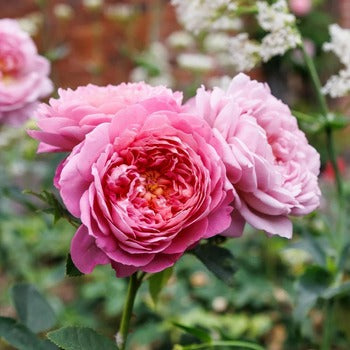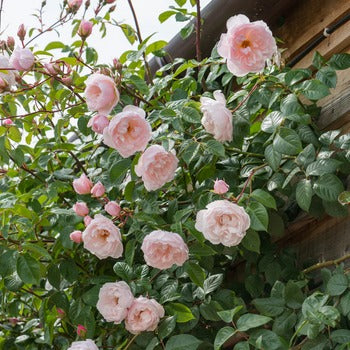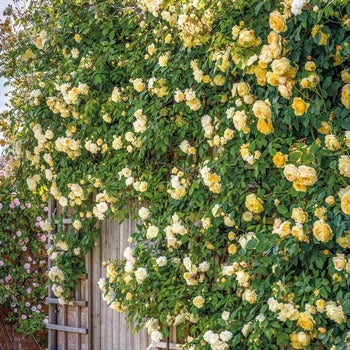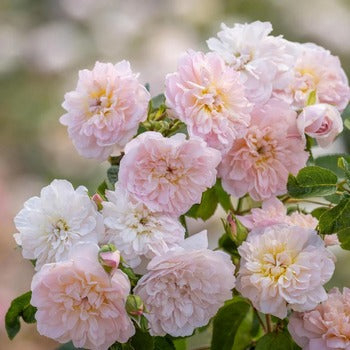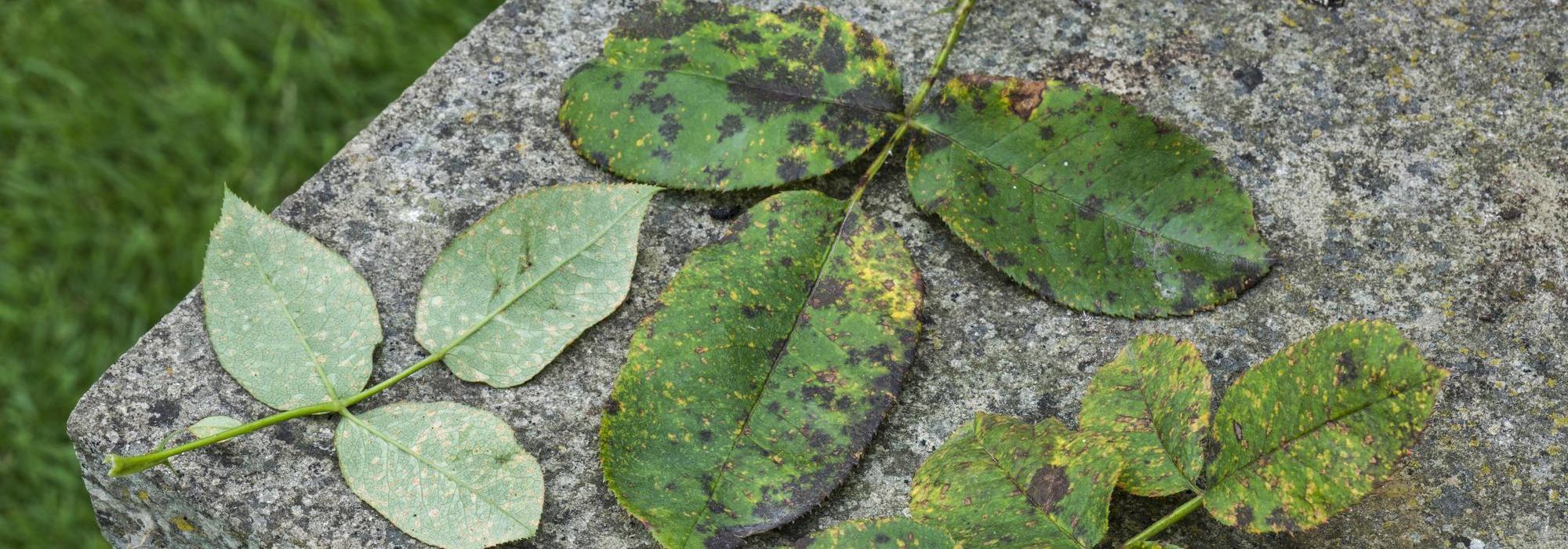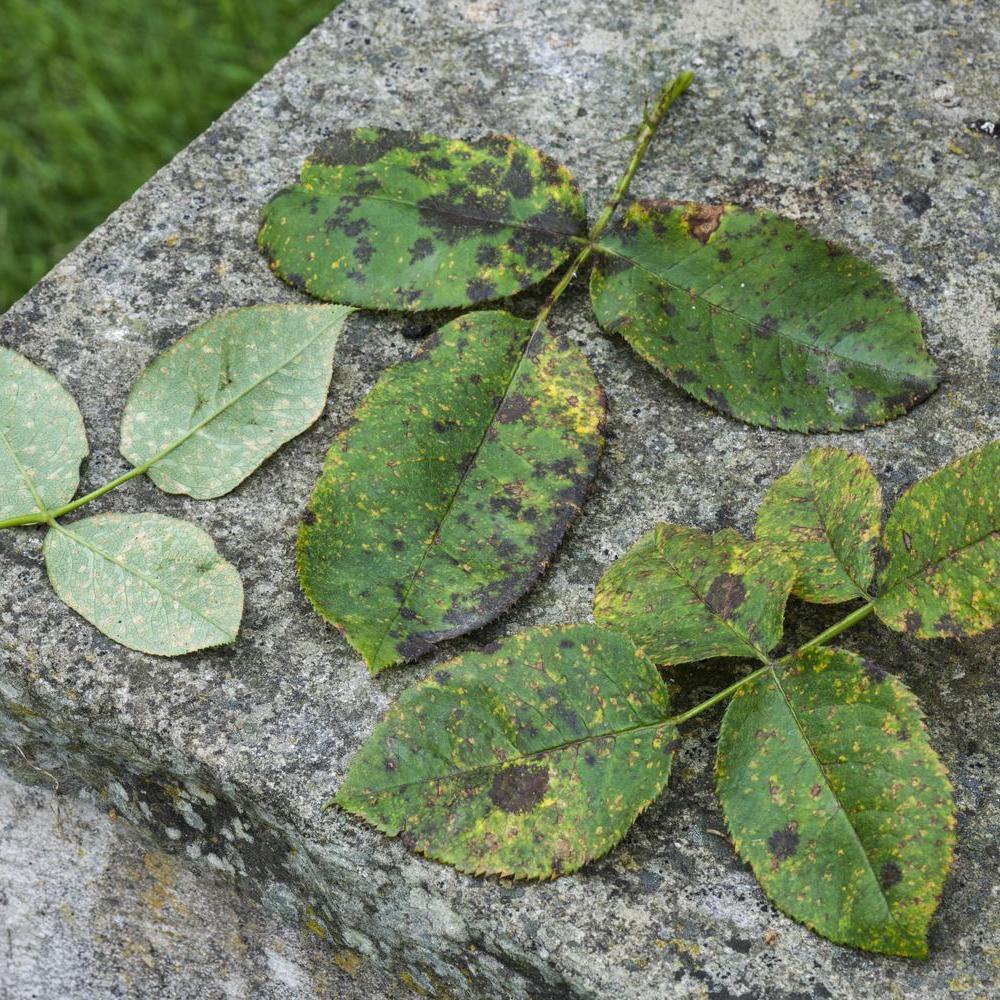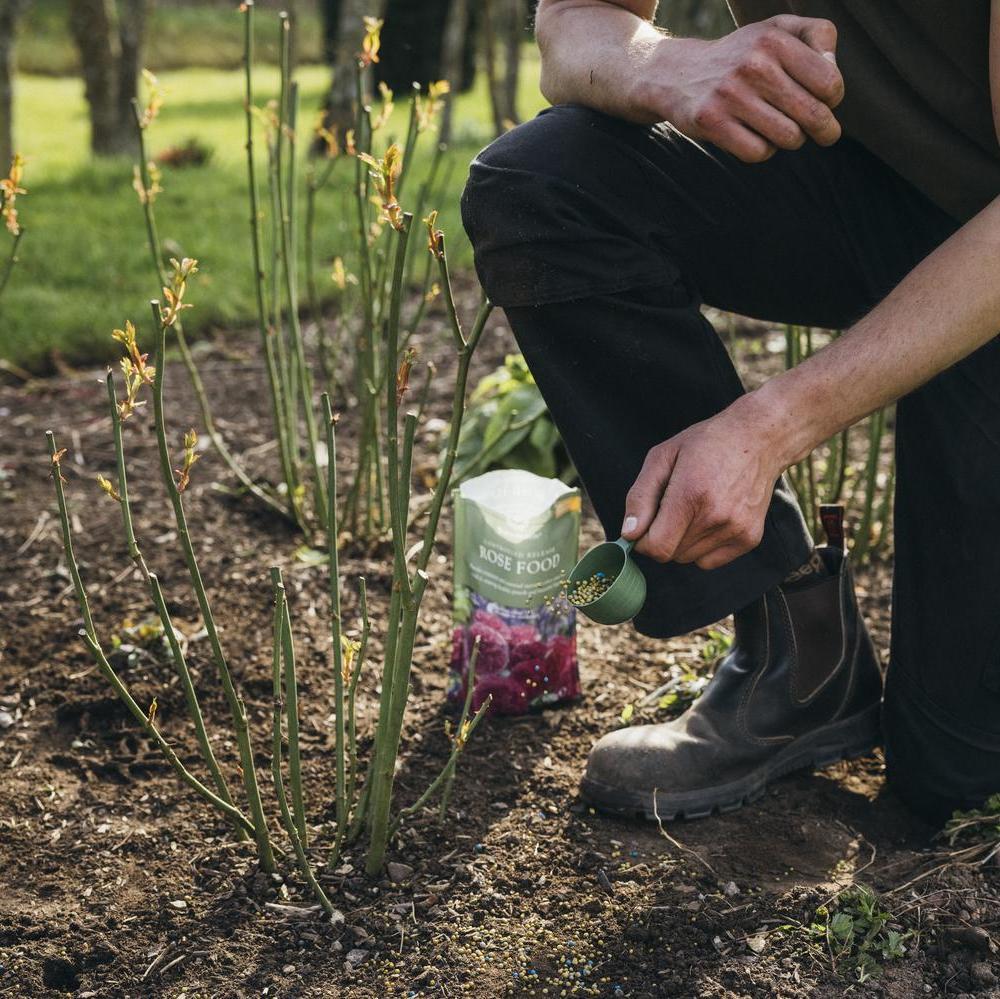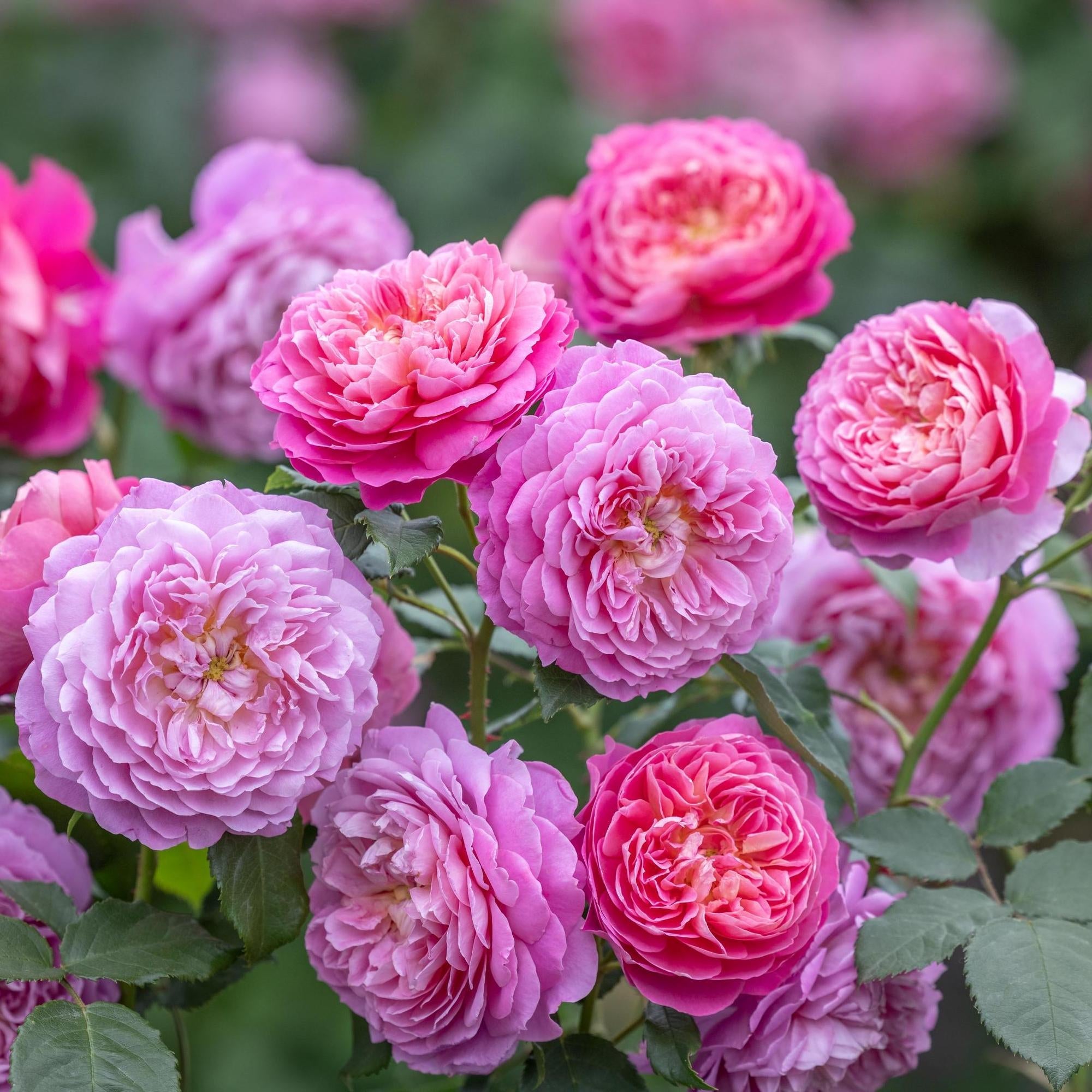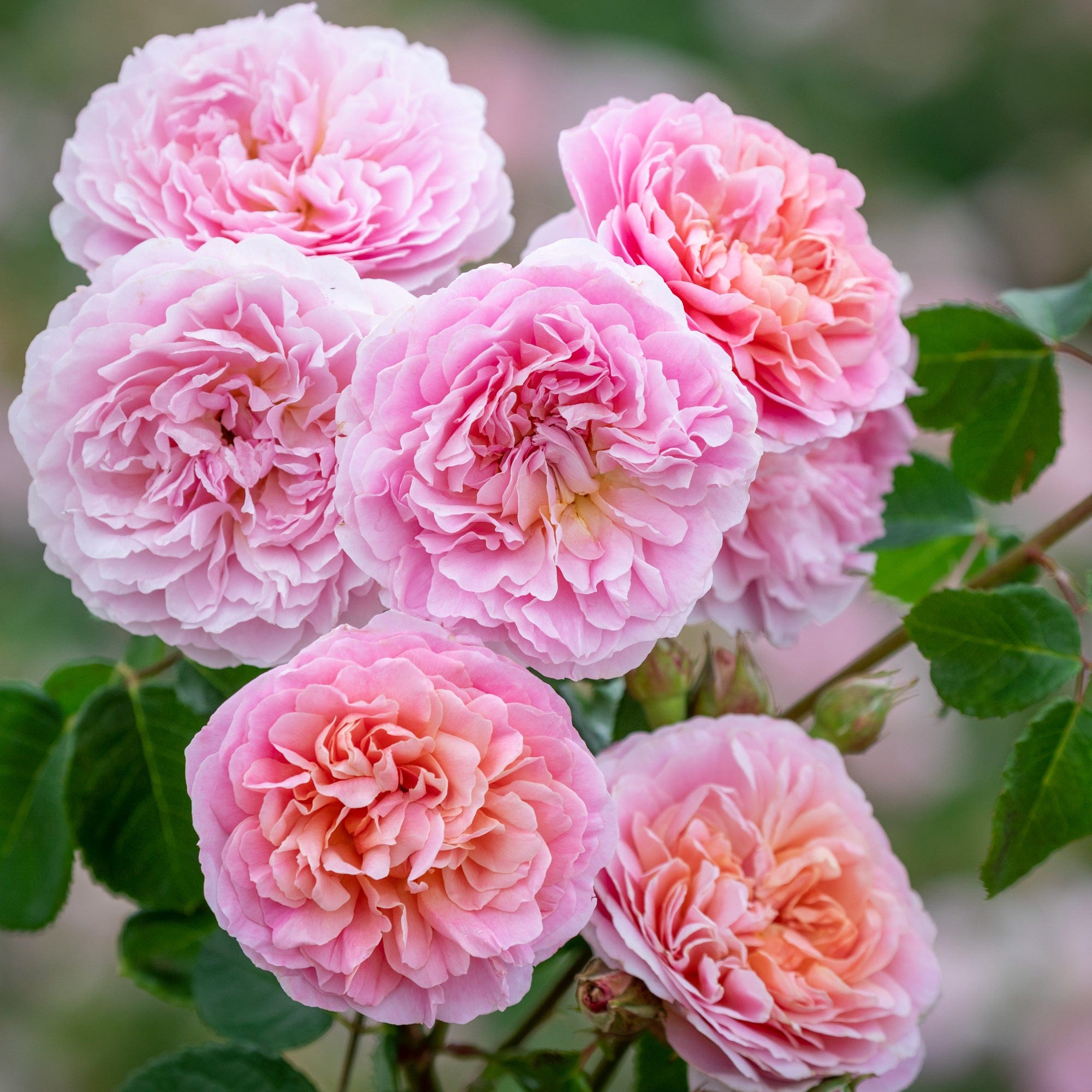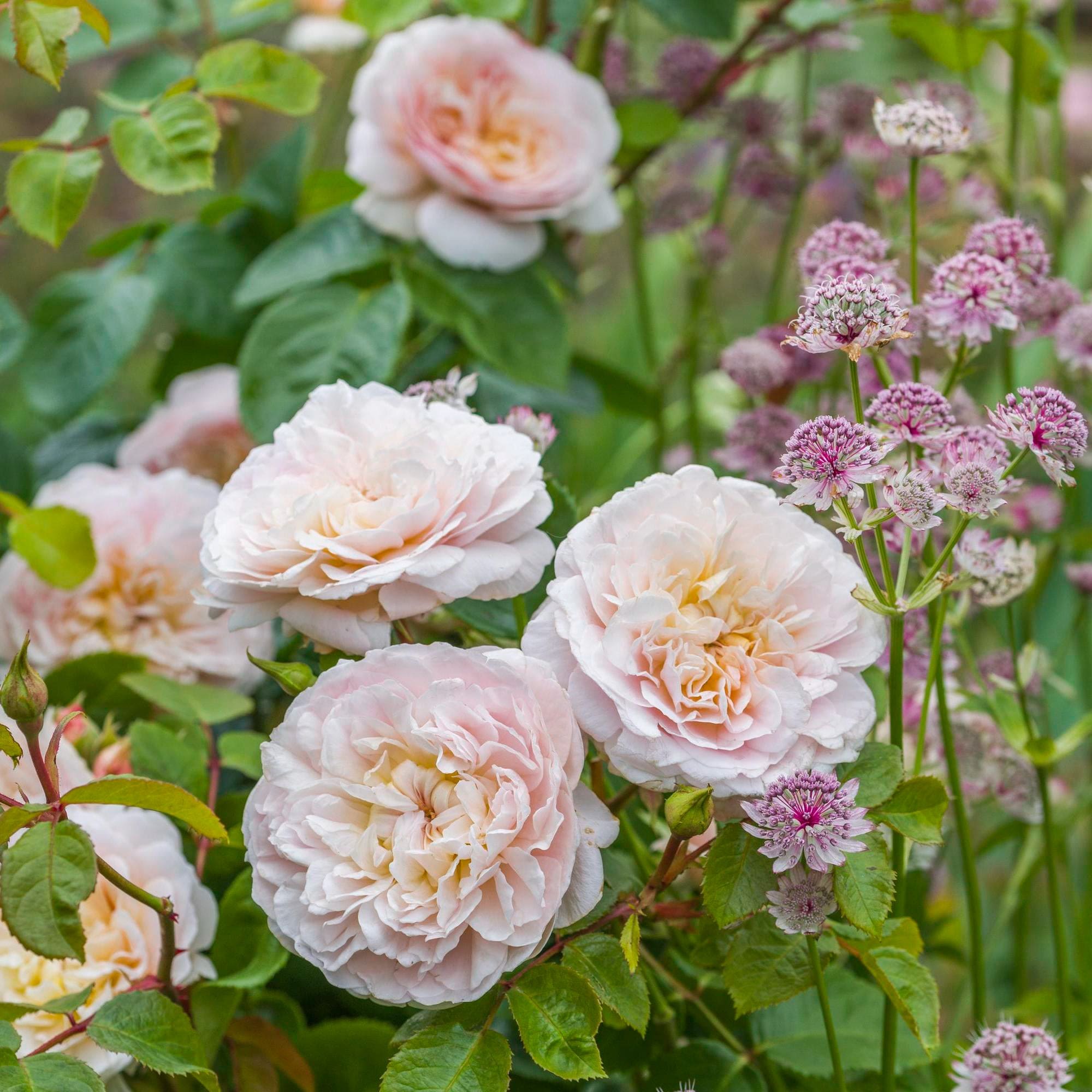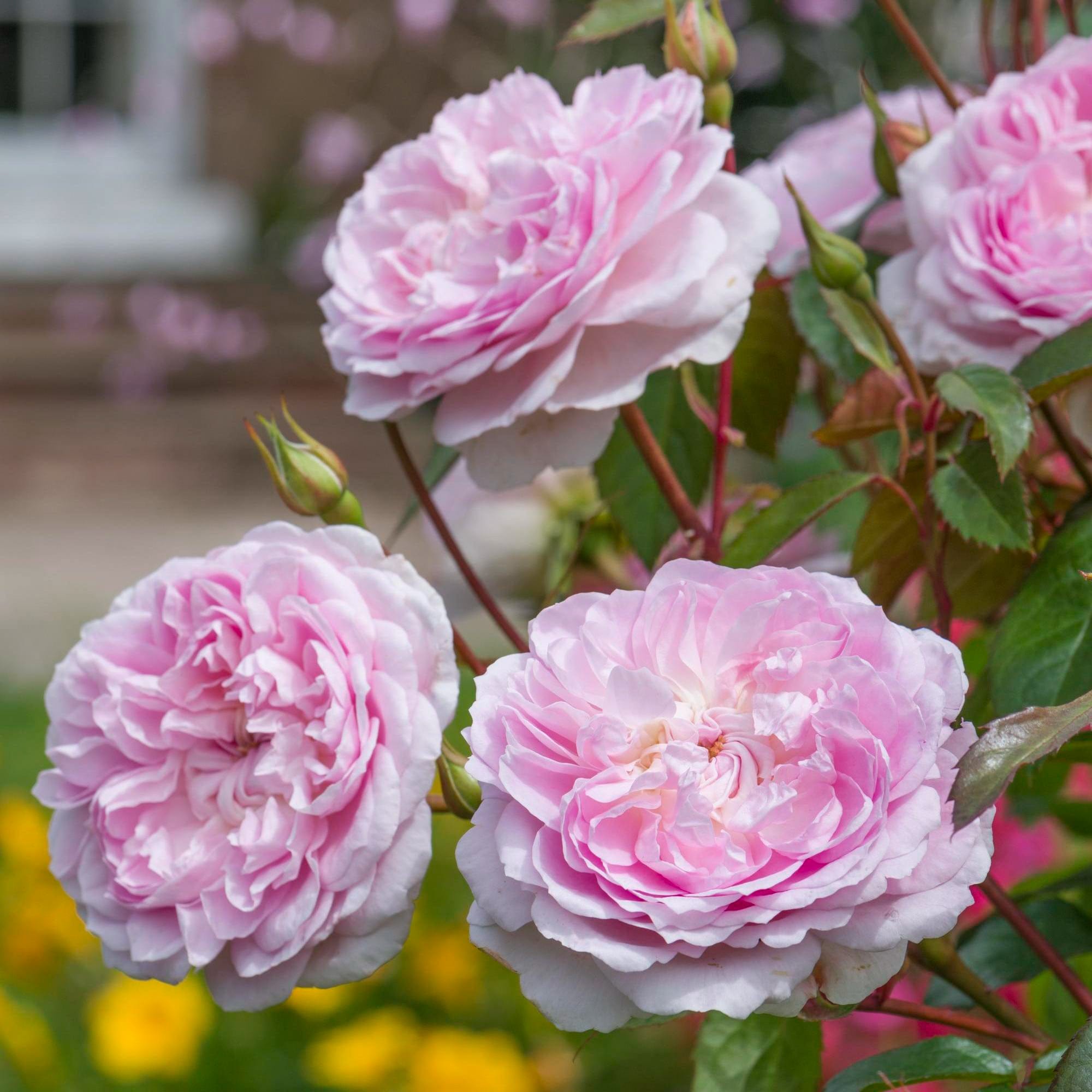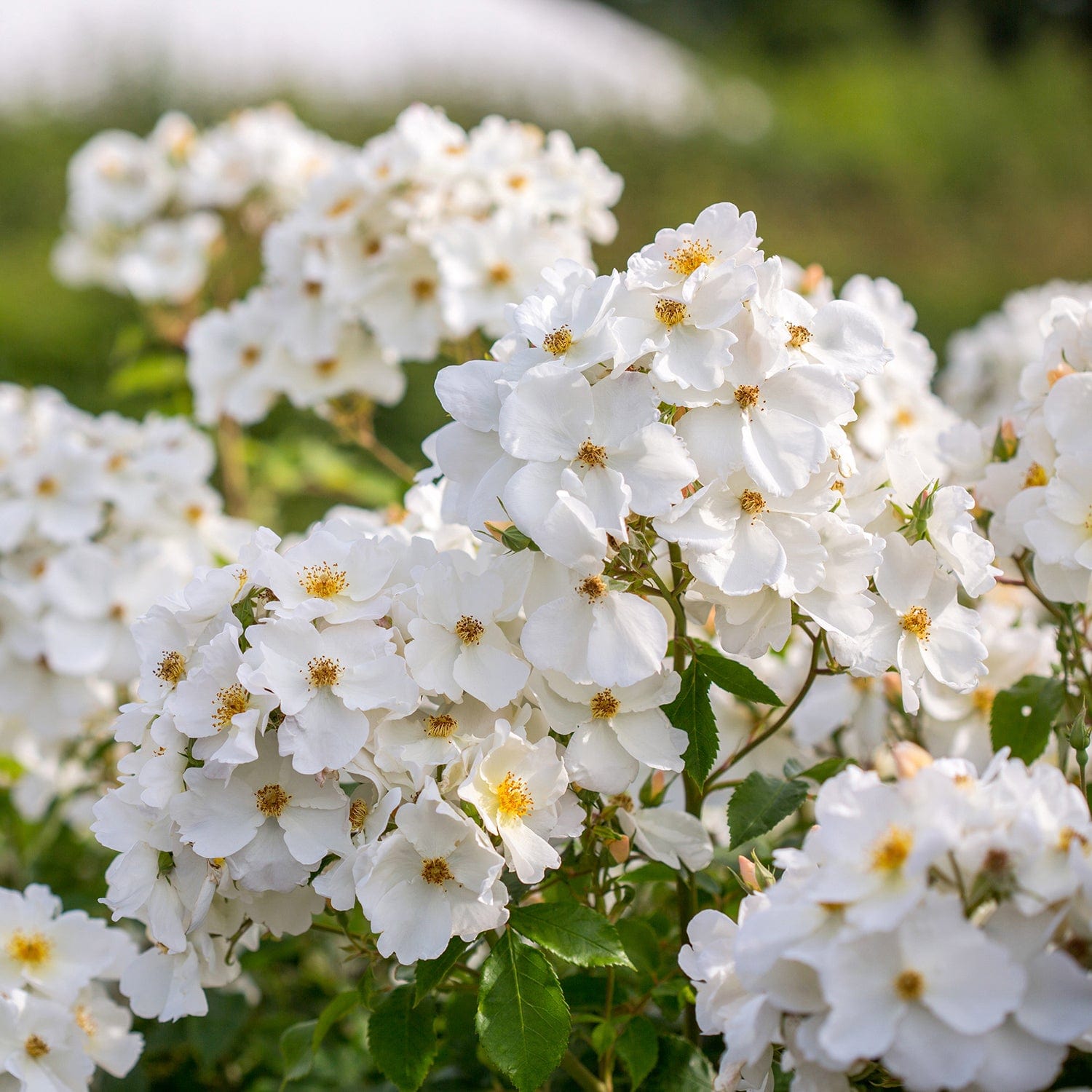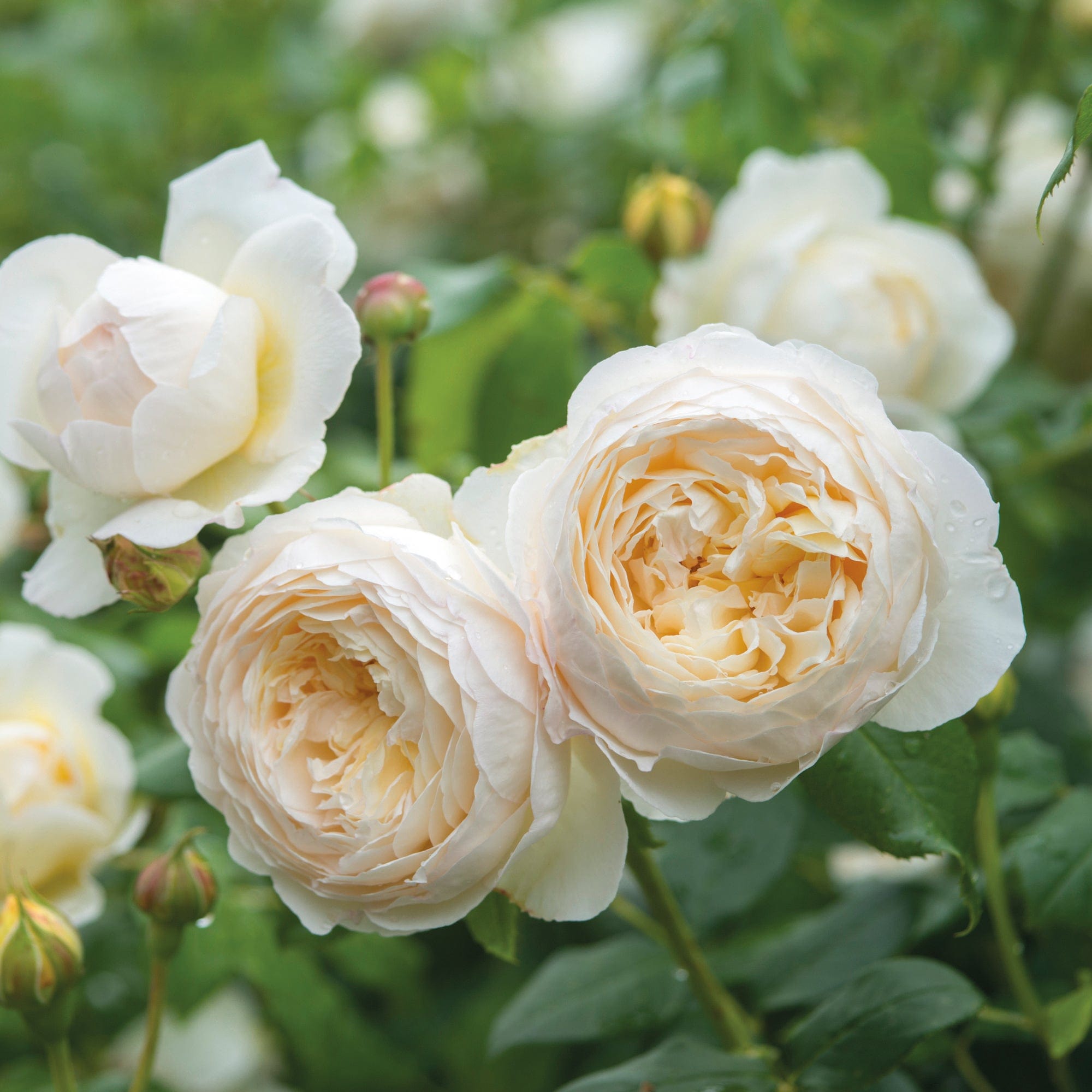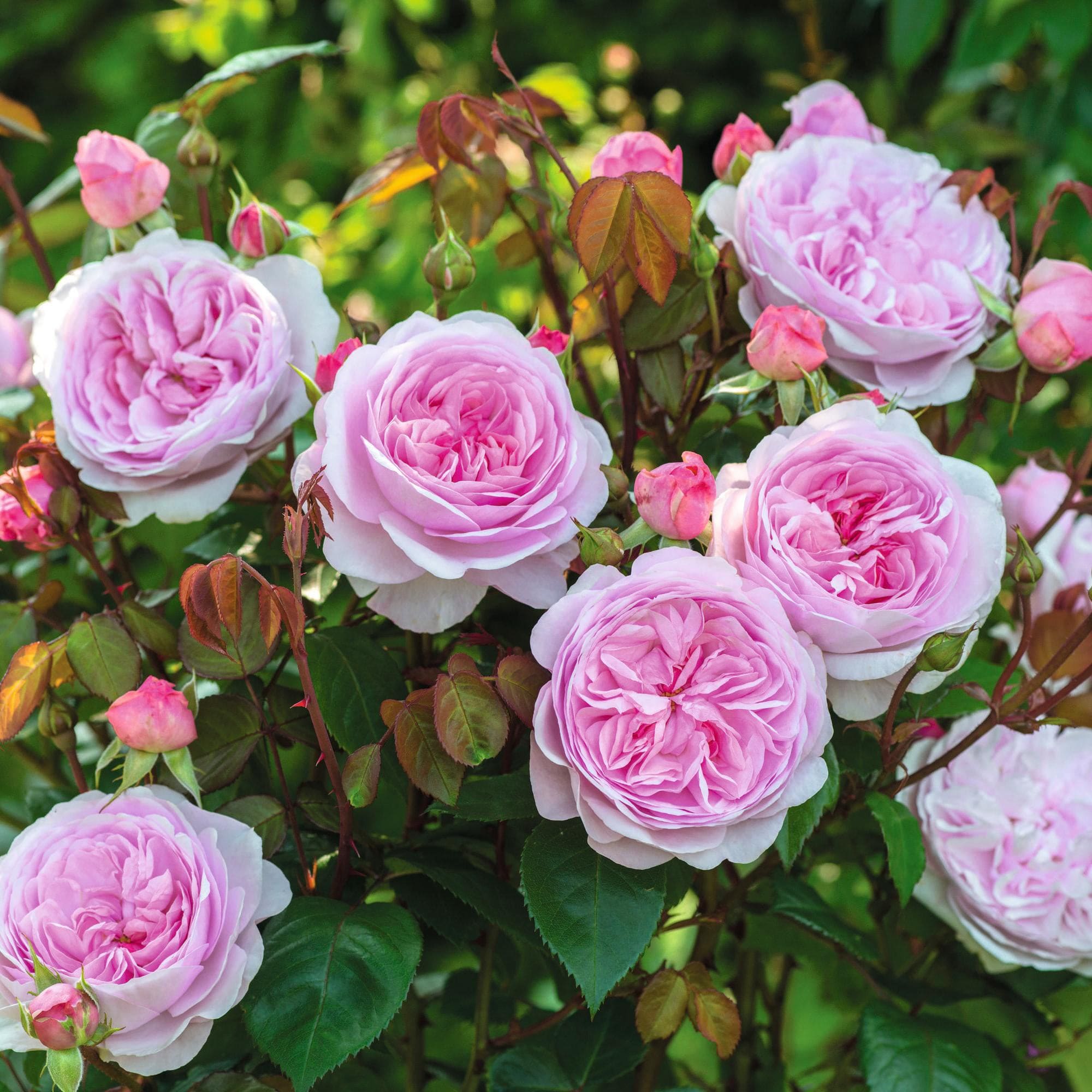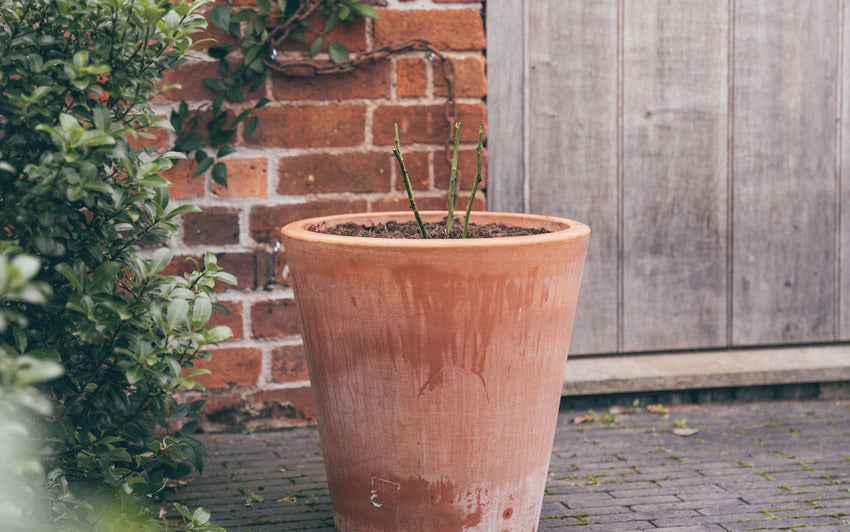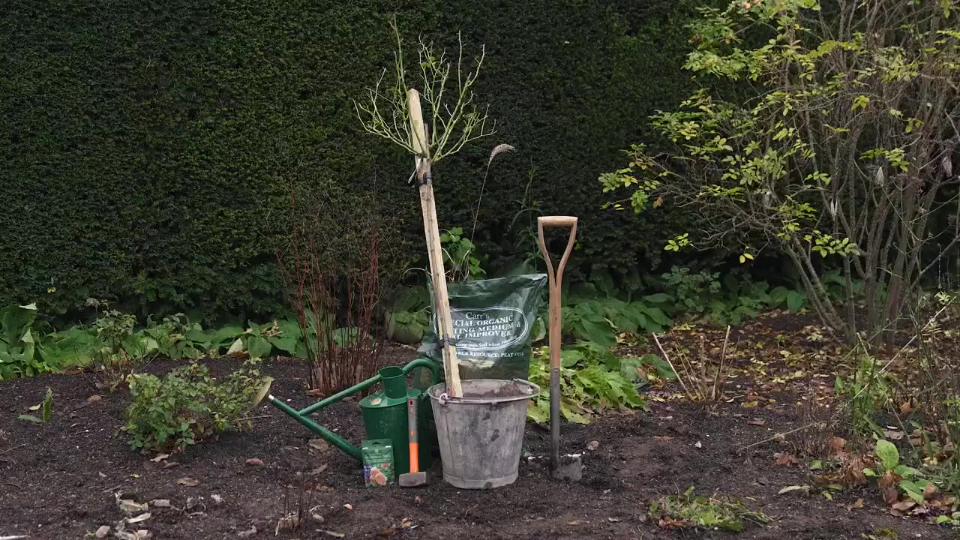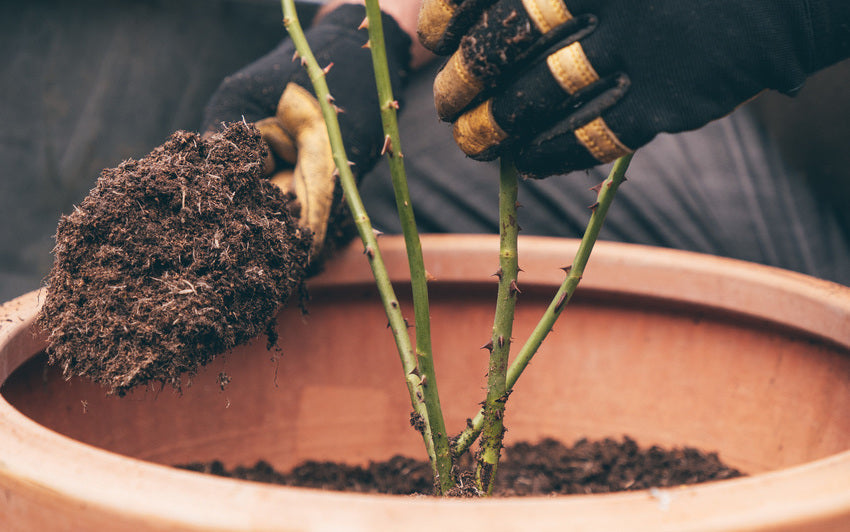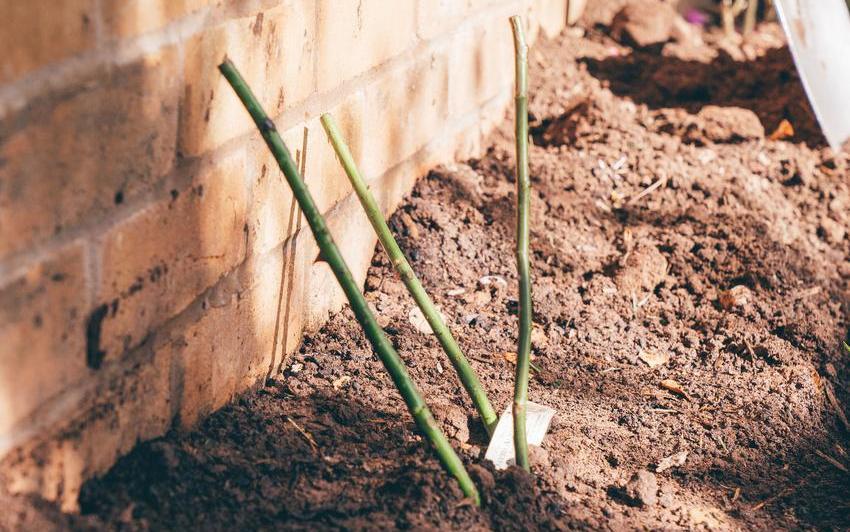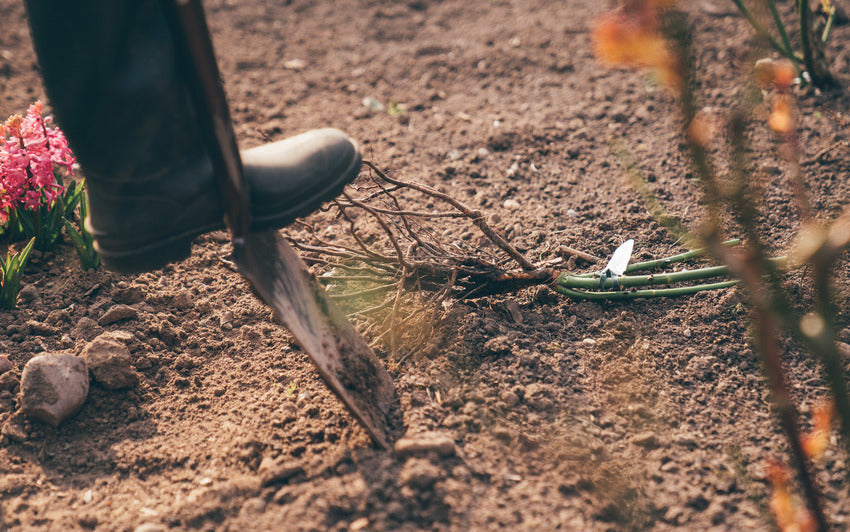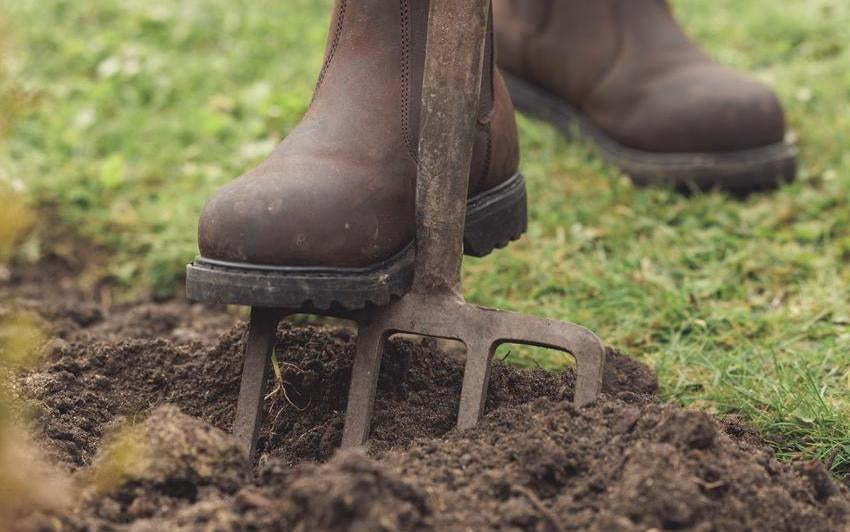How to Tell Downy Mildew and Blackspot Apart on Your Roses
Roses sometimes show signs of illness that can be easy to mistake for one another. Two common problems are downy mildew and blackspot. Both affect foliage and can weaken the plant, yet they present differently and thrive under distinct conditions. Recognising these differences allows gardeners to respond appropriately and preserve the health and beauty of their roses.
Where to Observe Symptoms
Downy mildew is characterised by irregularly shaped spots that range in colour from dark brown to purplish. These blotches have sharply defined edges and often sit neatly between the leaf veins. Blackspot’s marks are more rounded, often with fuzzy or feathered edges, dark brown or nearly black in colour, frequently surrounded by a pale yellow halo that contrasts with the leaf’s green.
Appearance of the Spots
Downy mildew is characterised by irregularly shaped spots that range in colour from dark brown to purplish. These blotches have sharply defined edges and often sit neatly between the leaf veins. Blackspot’s marks are more rounded, often with fuzzy or feathered edges, dark brown or nearly black in colour, frequently surrounded by a pale yellow halo that contrasts with the leaf’s green.
The Underside of Leaves – A Telling Sign
One of the most noticeable differences lies beneath the leaves. Downy mildew produces a light grey, fluffy mould-like growth directly under the affected spots. This fuzzy coating is a key identifier. Blackspot, however, remains a surface disease and does not form mould on the leaf’s underside.
How Leaves Respond
With downy mildew, leaves can yellow but often fall quite suddenly, sometimes while still appearing mostly healthy. This rapid defoliation can look alarming, but it is rarely fatal to the plant. With prompt attention and good cultural care, most roses recover well and continue to grow strongly through the season.
Blackspot tends to cause leaves to turn a more uniform yellow before dropping more gradually, starting from the lower foliage and moving upward.
Environmental Conditions Favoured
Downy mildew flourishes in cool, damp environments, particularly when temperatures hover between 15 and 20°C and leaves remain wet for extended periods, typically around eight hours or more. Blackspot is more active in warmer weather and requires wet conditions as well but tends to spread steadily over the growing season rather than suddenly.
Care and Prevention
Much like fungal diseases such as blackspot and rust, the treatment plan for downy mildew is similar. Good garden hygiene, removing affected foliage, and watering at the base of the rose all help to reduce the risk of spread. Mulching around the base can further protect against reinfection, while clean tools prevent accidental transfer between plants.
A strong, well-fed rose is naturally more resilient. Feeding with a slow-release rose fertiliser can help promote healthy, robust growth. With these simple steps, your rose will soon regain its vigour and continue to reward you with flowers through the season.
For a detailed look at blackspot management, including practical treatment advice, please read our blog:
Quick Comparison: Downy Mildew vs. Blackspot
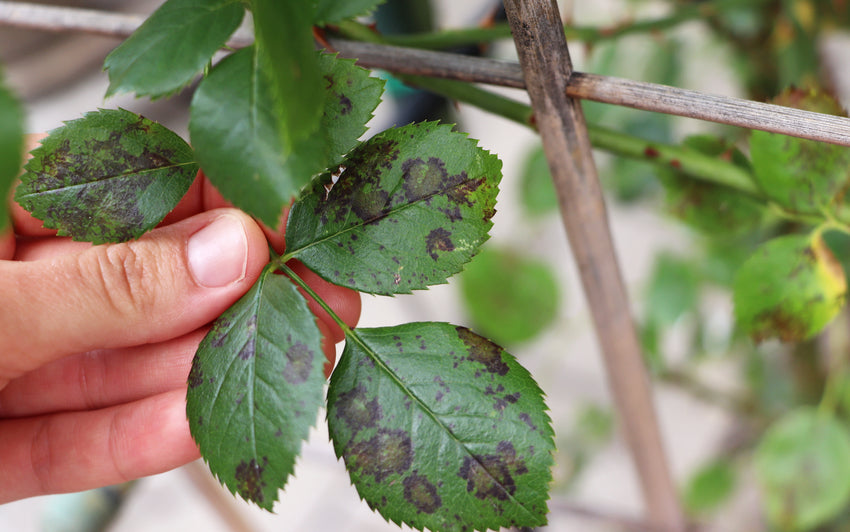 Downy Mildew• Appears first on young, upper leaves
Downy Mildew• Appears first on young, upper leaves
• Dark brown to purplish blotches with clear, sharp edges
• Light grey, mould-like growth on the underside of leaves
• Leaves may fall quickly, sometimes still green
• Prefers cool, moist conditions with prolonged leaf wetness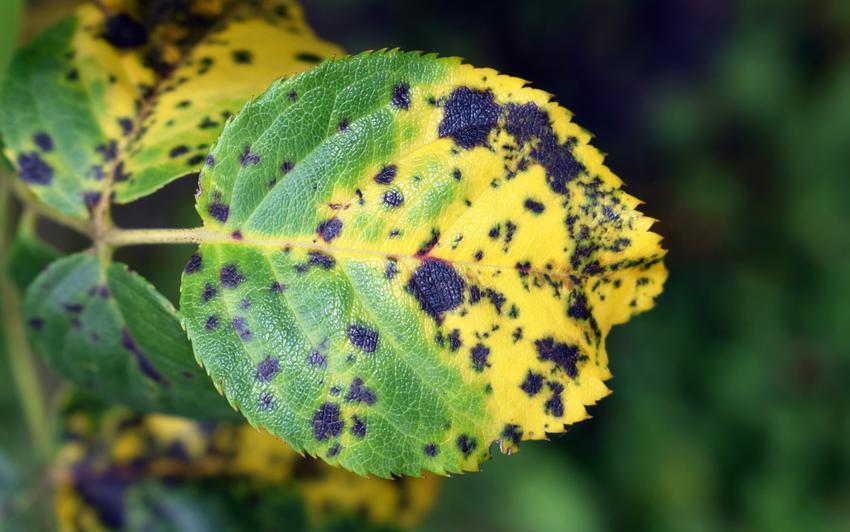 Blackspot• Begins on lower leaves, spreading upward
Blackspot• Begins on lower leaves, spreading upward
• Round, dark spots with fuzzy edges, often with a yellow border
• No mould on leaf undersides
• Leaves yellow gradually before falling
•Thrives in warm, wet weather

